Common mistakes new cat owners make
Common mistakes new cat owners make "Discover the top mistakes new cat owners make and how to avoid them. Ensure your feline friend thrives with these beginner-friendly cat care tips!"
1/14/20254 min read
Bringing a new cat into your home is an exciting and rewarding experience. However, many first-time cat owners unknowingly make mistakes that can affect their cat's health, happiness, and adjustment. Here’s a guide to help you avoid these common pitfalls and ensure your feline friend thrives in their new home.
1. Skipping the Initial Vet Visit
The Mistake
Some new cat owners delay or skip the first vet visit, thinking their cat looks healthy.
Why It’s Important
A vet visit is essential to check for underlying health issues, administer vaccinations, and discuss spaying or neutering.
How to Avoid It
Schedule a vet appointment as soon as you bring your cat home. This ensures they start their life with you in good health.
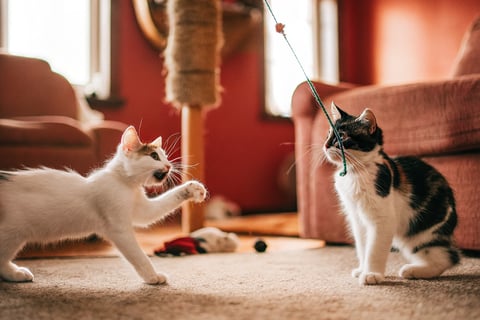

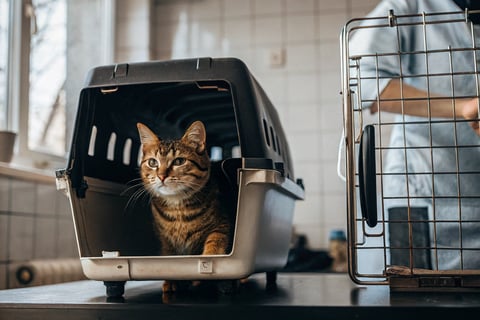

Learn more "How to Prepare Your Cat for a Vet Visit."
2. Choosing the Wrong Litter Box or Litter
The Mistake
Using a litter box that’s too small or a type of litter that your cat dislikes.
Why It’s Important
Cats can be very particular about their litter box setup. A poor choice may lead to accidents or behavioral issues.
How to Avoid It
Choose a litter box large enough for your cat to move around comfortably.
Use unscented, fine-grain litter as most cats prefer this texture.
Place the litter box in a quiet, accessible location.


3. Not Providing Enough Stimulation
The Mistake
Assuming cats don’t need playtime or mental stimulation because they’re independent animals.
Why It’s Important
Without proper stimulation, cats can become bored, leading to destructive behaviors or weight gain.
How to Avoid It
Provide a variety of toys, such as feather wands, balls, and puzzle feeders.
Dedicate time each day to interactive play sessions.
Offer vertical spaces like cat trees or shelves for climbing.
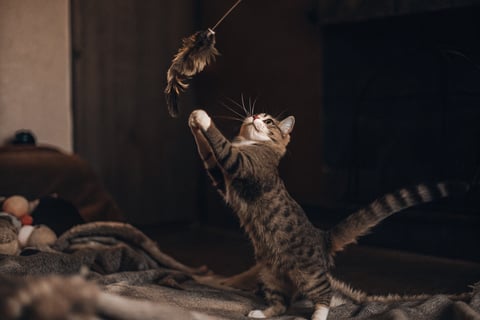

Check out ASPCA: Cat Care.
4. Overfeeding or Feeding the Wrong Diet
The Mistake
Overfeeding treats or relying on low-quality cat food.
Why It’s Important
Obesity is a common issue among cats and can lead to serious health problems like diabetes or joint pain.
How to Avoid It
Follow feeding guidelines based on your cat’s age, weight, and activity level.
Consult your vet about high-quality, nutritionally complete cat food.
Limit treats to 10% of your cat’s daily calorie intake.


5. Ignoring Grooming Needs
The Mistake
Believing cats groom themselves entirely and don’t need help.
Why It’s Important
While cats groom themselves, they may still need assistance to prevent matting, excessive shedding, or dental issues.
How to Avoid It
Brush your cat regularly, especially if they have long fur.
Trim their nails every few weeks to prevent overgrowth.
Incorporate dental care, like cat-safe toothpaste and brushing.
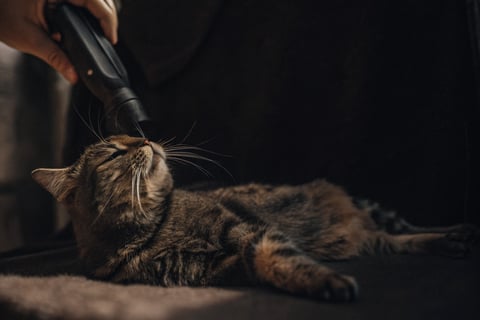

Learn more "The Ultimate Guide to Grooming Your Cat."
6. Neglecting Socialization and Training
The Mistake
Assuming cats can’t be trained or socialized like dogs.
Why It’s Important
Proper socialization and basic training (like using a scratching post) can prevent behavioral problems and strengthen your bond.
How to Avoid It
Introduce your cat to different environments, people, and pets gradually.
Use positive reinforcement to encourage desired behaviors, like scratching a post instead of furniture.
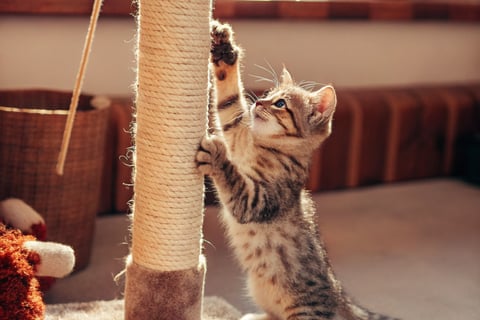

7. Overlooking Regular Health Checks
The Mistake
Not scheduling annual vet visits after the initial check-up.
Why It’s Important
Cats are experts at hiding illness. Regular health checks can catch potential problems early.
How to Avoid It
Schedule yearly vet visits for a comprehensive exam and updates on vaccinations.
Monitor your cat’s weight, appetite, and behavior at home.
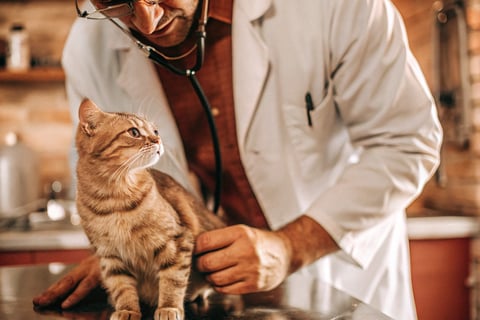

8. Failing to Cat-Proof Your Home
The Mistake
Not making your home safe for a curious cat.
Why It’s Important
Cats love to explore and may get into dangerous items like toxic plants, cords, or cleaning supplies.
How to Avoid It
Remove toxic plants like lilies and secure loose wires.
Store cleaning products and medications in cabinets.
Provide safe spaces for your cat to climb and explore.
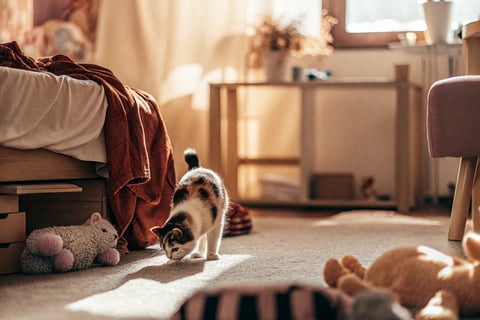

Check out PetMD: Tips for New Cat Owners.
9. Expecting Instant Bonding
The Mistake
Feeling discouraged if your cat doesn’t immediately warm up to you.
Why It’s Important
Cats need time to adjust to new surroundings and people.
How to Avoid It
Be patient and give your cat space to explore and feel safe.
Use treats and gentle interactions to build trust gradually.
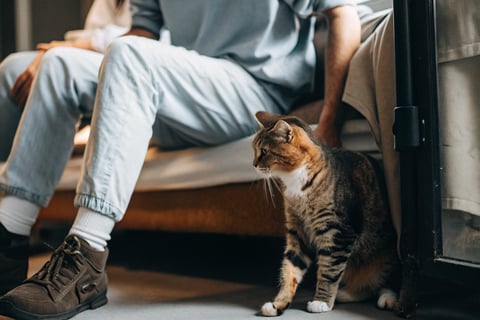

10. Ignoring Behavioral Changes
The Mistake
Not paying attention to sudden changes in behavior, like hiding or aggression.
Why It’s Important
Behavioral changes can signal stress, illness, or unmet needs.
How to Avoid It
Observe your cat’s behavior daily.
Consult a vet or feline behaviorist if you notice unusual patterns.
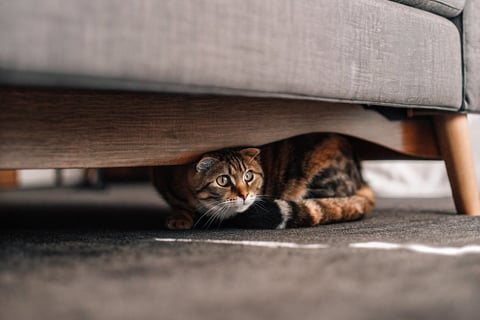

Conclusion
By avoiding these common mistakes, you can provide your cat with a happier, healthier, and more enriching life. Remember, being a responsible cat owner means learning from experience and always putting your feline friend’s needs first.
